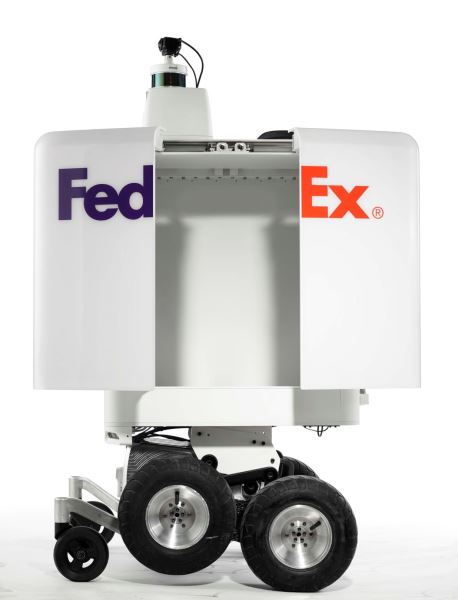Frontline employees like the friendly delivery man have traditionally been the face of customer service within the logistics industry.
However, what was once a siloed function within the logistics industry, customer service has increasingly been integrating across different divisions to respond to customer needs.
The catalyst? Technology.
In Australia, the logistics industry is rapidly being affected by a surge of new technologies and innovations – including robotics.
These new technologies are being developed to revolutionise a market, create new markets, and must be used to create smarter, digitally driven supply chains that deliver new possibilities to customers with niche and diverse business needs.
Digital innovation must solve a problem, be ever more adaptive and ready to respond to volatility and risk, and most importantly, reduce complexity and cost.
Whether in the warehouse or on a mobile app, technology creates new opportunities for logistics providers to engage with customers and enables brands to curate a superior customer experience.
Designing and deploying these innovations require integrated teamwork, from Internet of Things (IoT) specialists to frontline delivery teams working together to meet ever-evolving customers’ expectations of convenience and speed.
Connecting with customers
Customer service today is no longer a transactional, offline activity. Now, logistics companies can talk to their customers before their shipment is even packaged, through online bots and live messaging services. Technologies like chatbots enable providers to proactively advise customers on how to ship their goods and handle complex transactions such as international imports.
Three in four customers expect service within five minutes of making contact online and these online virtual assistants can respond right away. Providers who can meet high expectations will not only have more satisfied customers but customers who are empowered to expand their shipping capacity with confidence.
Innovating with intelligence
With growing innovation in the logistics sector, customers have rightly come to expect full transparency on how their packages are being shipped – and be able to pinpoint-precise delivery timings.
Shipping for healthcare customers is where this level of scrutiny, need for speed, and the highest quality of temperature-controlled shipping is crucial.
Customers can protect the integrity of biologics and chemical compounds by tracking and monitoring the ingredients from supplier to factory with a portfolio of temperature-controlled solutions. Best-in-class sensors and wireless technologies ensure that perishable medicine is always shipped and stored within its ideal temperature range. This mitigates loss in Australia’s intense heat and ensures safe delivery to potentially even the hottest and most vulnerable remote locations.
With real-time monitoring, customers have a clear line of sight at every stage of delivery. Add to that unprecedented delivery times with zero compromise on reliability and you will have a happy customer that trusts you.
This means that a heart patient in Sydney can receive a pacemaker made halfway around the world in one night.
And sensitive biomaterials such as human liver cells can be sent between Melbourne and Singapore or custom-designed cranial pieces can be delivered for surgery the very next day in New Zealand.
Delivery robots enhance customer service
Ultimately, technology represents an opportunity to make the customer experience more convenient. There are robots that are already moving unwieldy packages in highly automated warehouses.
Robots will soon deliver packages on the street, enabling customers to ship and receive their items more easily. This is an ideal solution for last-mile deliveries, a classic customer service challenge.
RoxoTM, the FedEx SameDay Bot, will be navigating the sidewalks of select American cities with intelligence and agility, delivering packages to customers on time. While innovations like this are not yet ready for mass deployment, they are an exciting glimpse into the intelligent future of logistics.
Such innovations are particularly significant in Australia, where the e-commerce market fuelled by customer demand, is currently worth $30.14 billion and growing rapidly at a rate of over 9 per cent per year. There is great opportunity for the logistics industry to experiment and ultimately make shipping as convenient as possible for the end-customer, from the warehouse to home.
The logistics industry has long sought to deliver superior customer service. But as new technologies emerge, so too will customer expectations.
For logistics providers to stay ahead, they must continuously innovate and continue to improve existing capabilities. No longer a silo, customer experience has rightfully become the driving force of logistics.
Peter Langley is Vice President, FedEx Express Australasia


